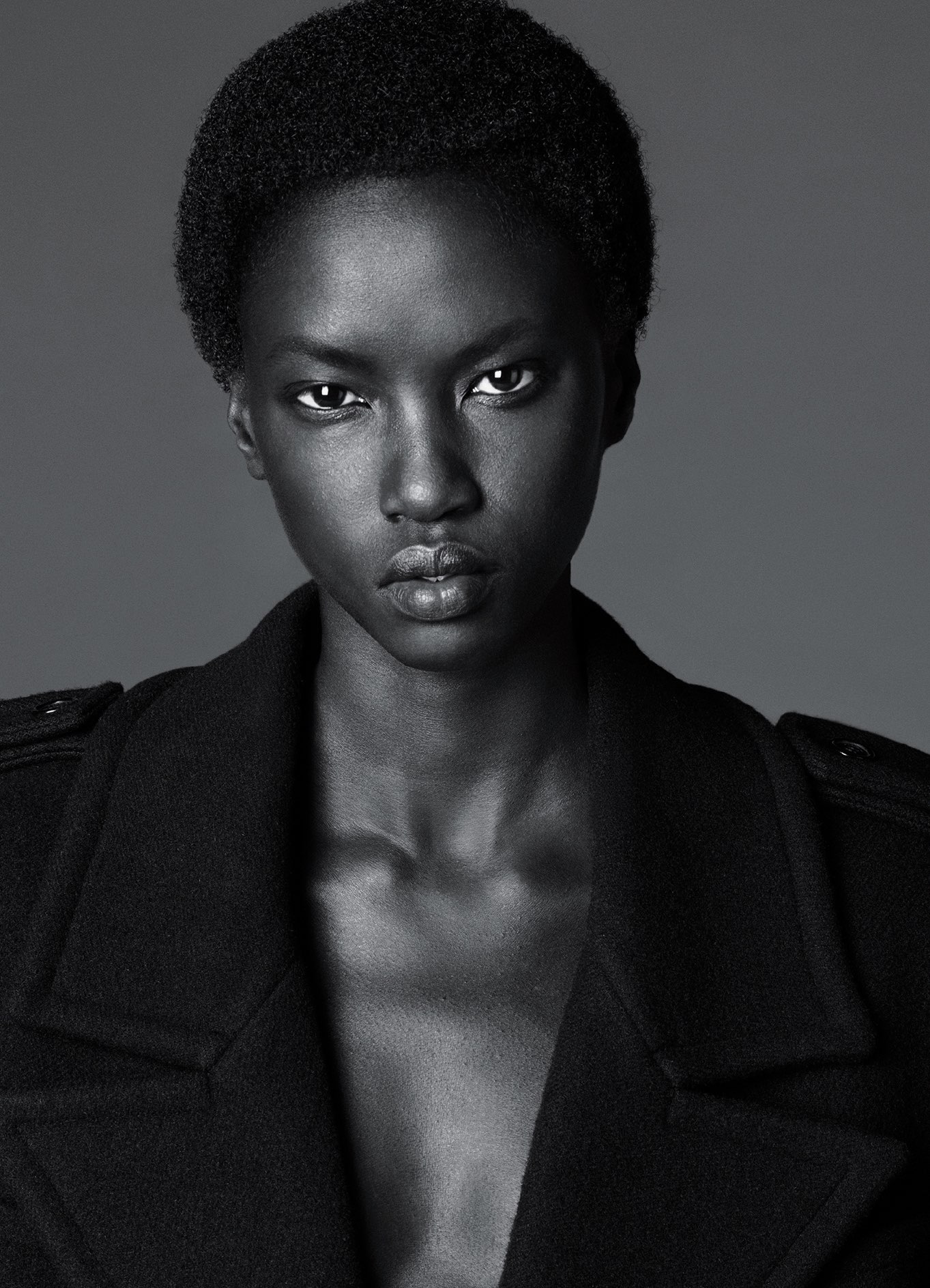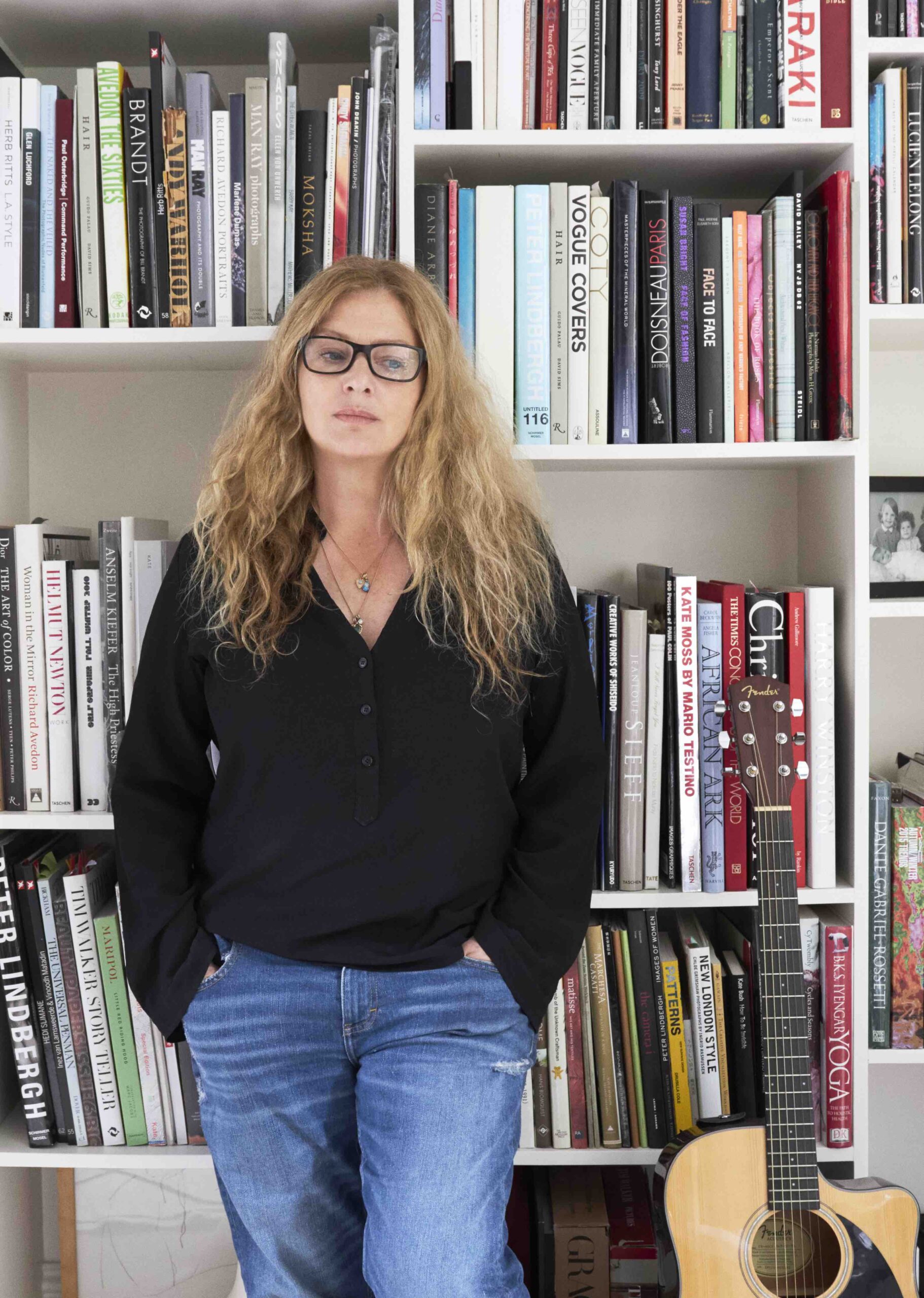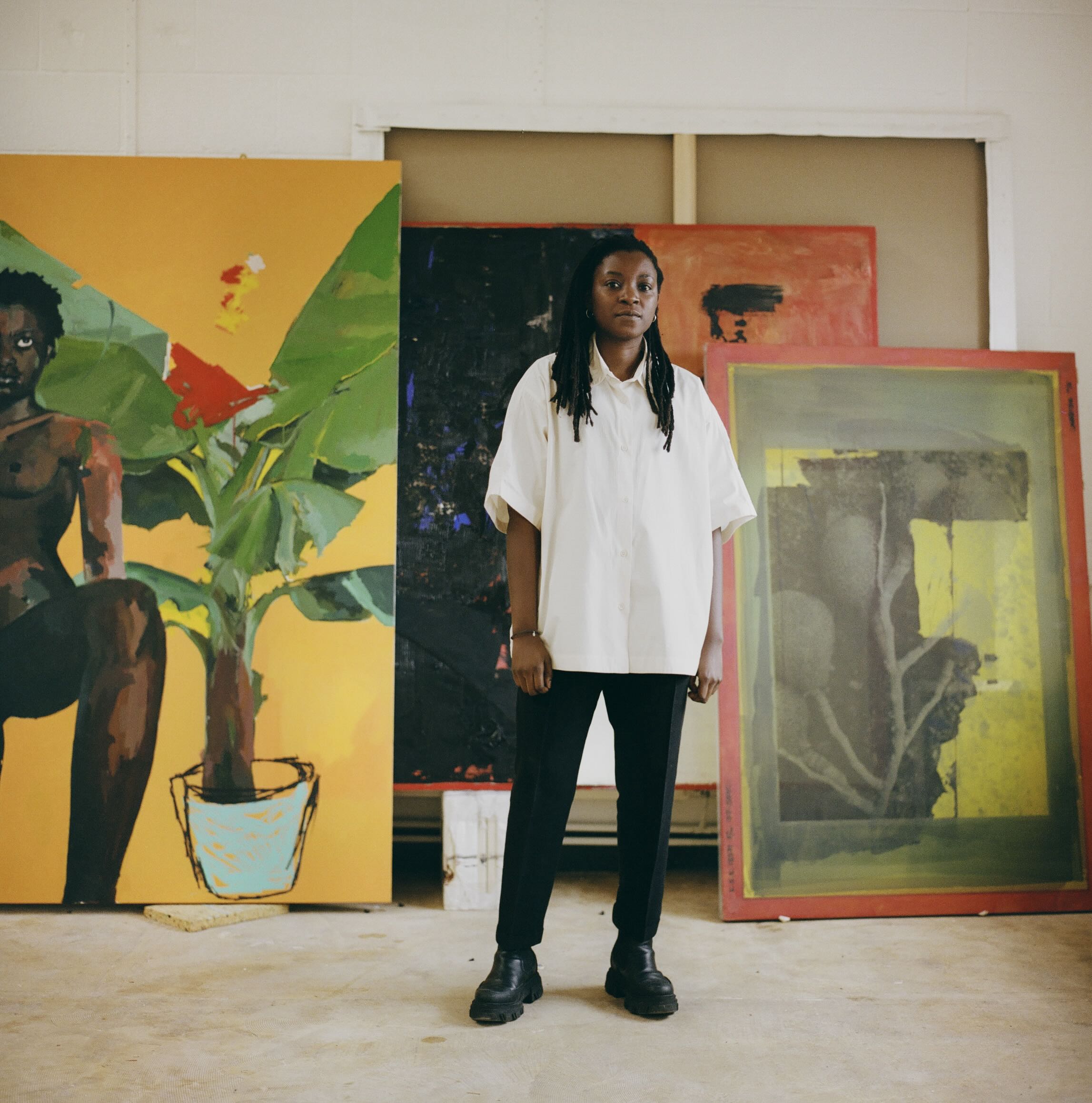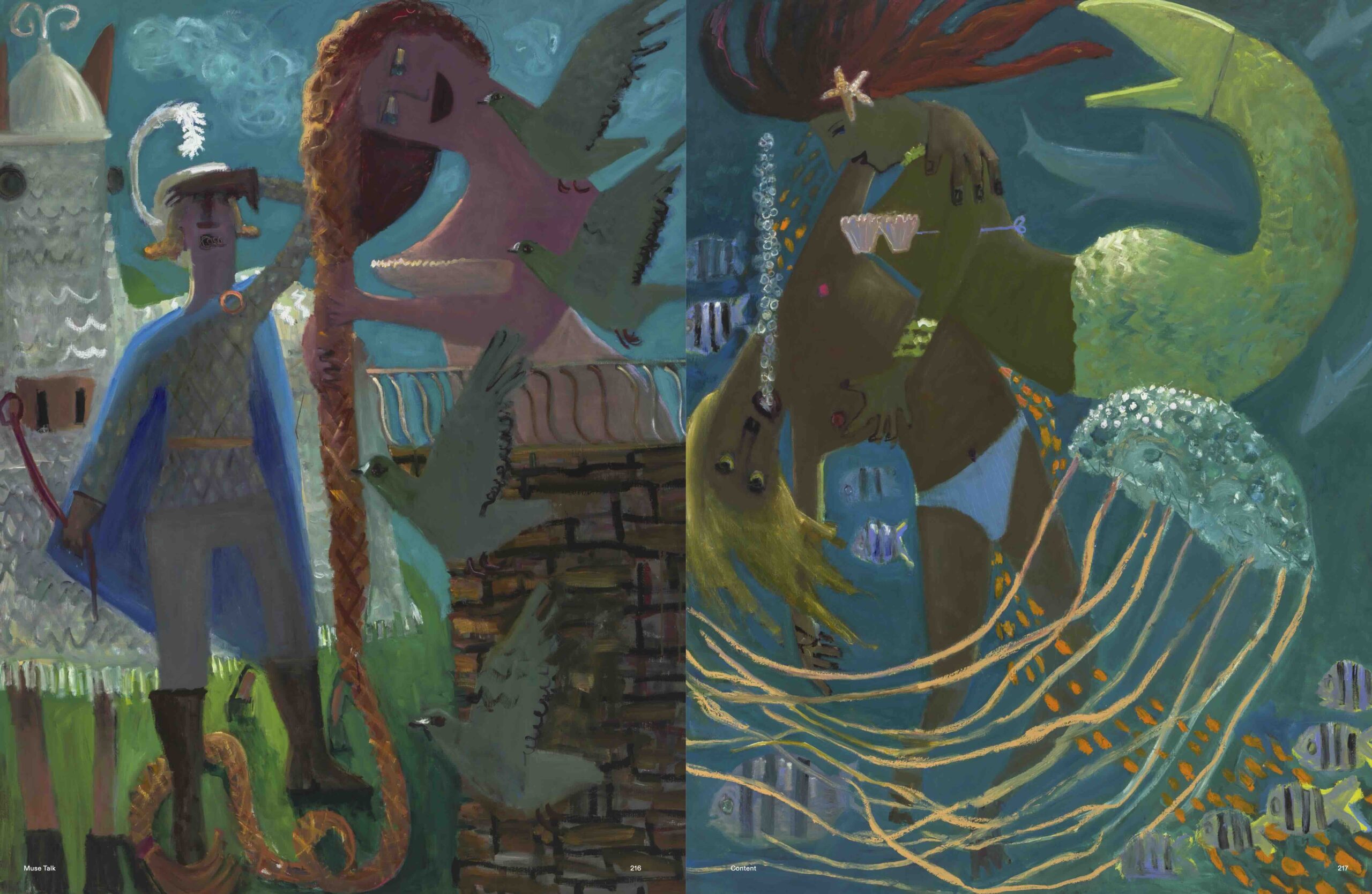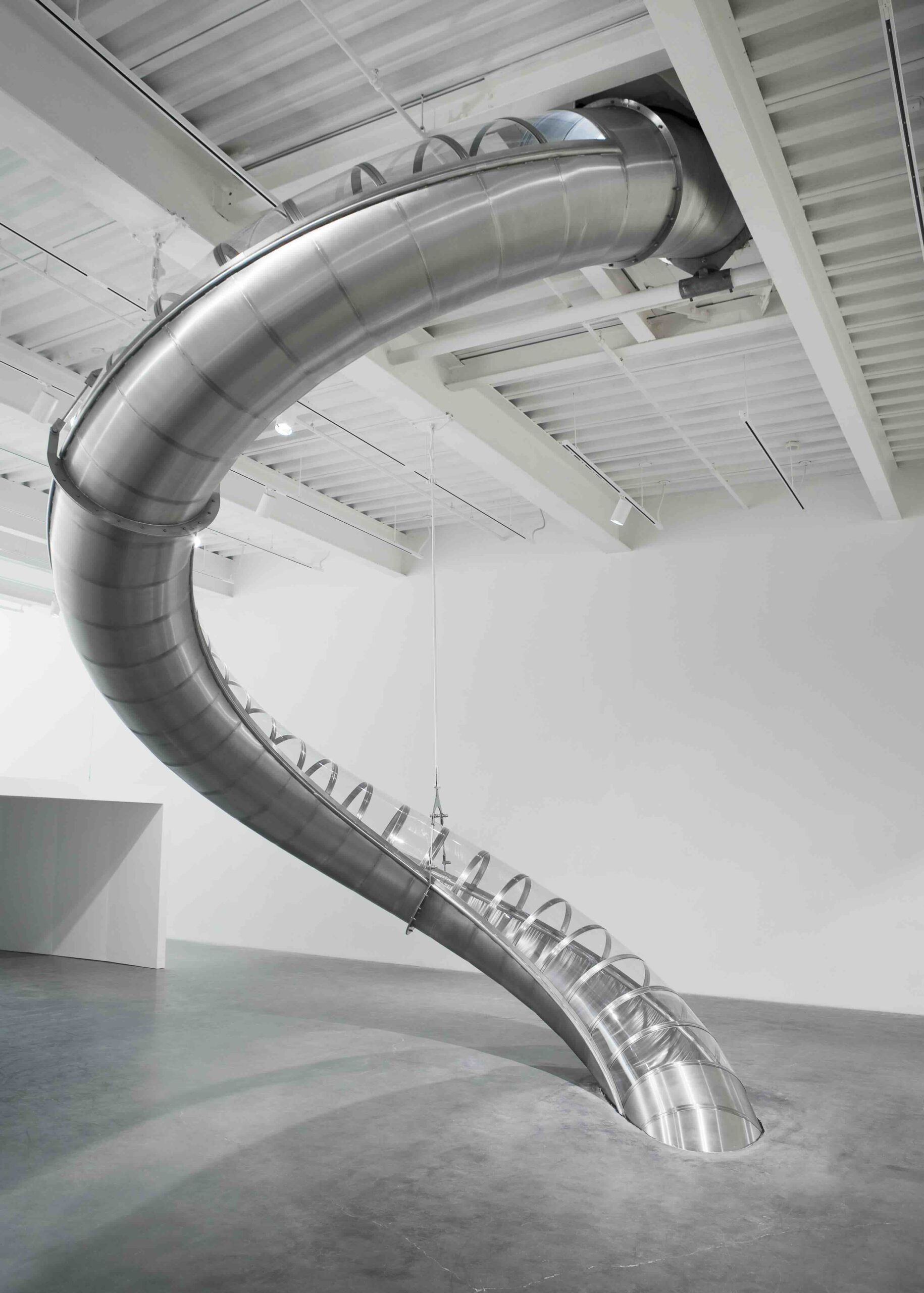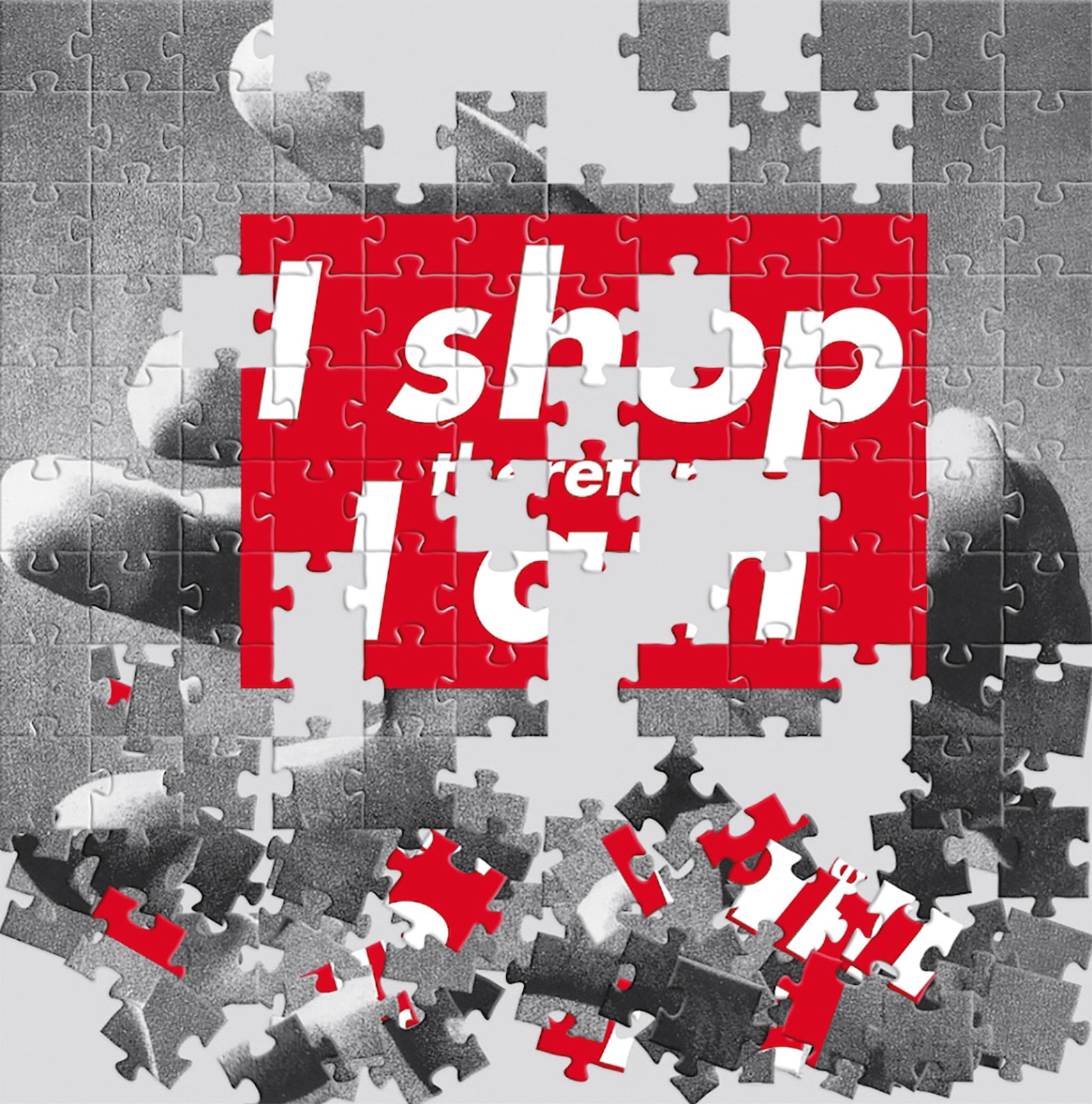AS Good Morning! How nice to see you but under such strange circumstances. Where are you?
LP I’m at home, in London, I’ve been here since lockdown started. In a funny kind of way, I quite like it; I quite like not going to work, the stress of getting on planes and traveling. The weather’s been amazing which helps massively. There’s so much to do! I’ve been ‘Marie Kondoing’ my house like mad – it’s full of rubbish at the moment. I’m getting rid of everything – “Out! It’s all going!”. I’ve got a charity shop area in the room, loads of makeup for Beauty Banks (the charity set up by journalist Sali Hughes and beauty PR Jo Jones); I’ve got Balenciaga trainers I never wore! They’re going on eBay. Then the front garden is full of household junk waiting for the recycling center to open. I’ve been busy painting – I’ve turned into a painter and decorator: I’ve painted my studio, my dressing room; I’m going to do the front door… it’s quite hard work painting and decorating!
AS From painting and decorating, back to painting faces: how did you get started in your career as a make-up artist?
LP It wasn’t something I wanted to do – I’d never even thought about it. I kind of got into it because of my sister, Paola, who modeled for Stephen Jones, the milliner, around the time of the Blitz Club, in London, in the early 80s. She went to art college with John Maybury, the filmmaker, and Stephen. She used to do quite a bit of modeling and I fell into makeup because of her. I did her makeup for a shoot, and afterward, the photographer said: “Do you want to come and do an advertising job with me next weekend?”, and I said: “Er, no!”, but my sister jumped in and said: “Yes, she’d love to,” so I guess it all started from there. That first job was going to pay me £75 which was a huge amount of money in those days, so I couldn’t say ‘no’. Before that, I was going to art school, sort of wanting to be a dancer and not being particularly brilliant at it and living my life as any 19-years old and not really knowing what I wanted to do. My sister put me in the path of these people and I quite enjoyed it. So, I started testing and meeting photographers: I met Donna Trope because of the guy I did that first job with, and the following week she said: “Come and do makeup for me”. She was starting out as beauty photography and I ended up testing with her, experimenting with color and light, for a year. Then I met Andy Bettles, who was the very influential photographer at the time, and he introduced me to Beverly Streeters (my agent at Streeters). One of my very first jobs was for some cool, trendy Japanese magazine then I did The Face and British Vogue and those were my first 3 jobs.
AS Were you artistic anyway – were you good at drawing and painting?
LP I did a visual display and graphics art foundation course. All my sisters are pretty creative, which we got from my mum. She had an art school scholarship but had to go and work instead of at Marks & Spencer because the family didn’t have any money. We definitely get our artistic talent from her.
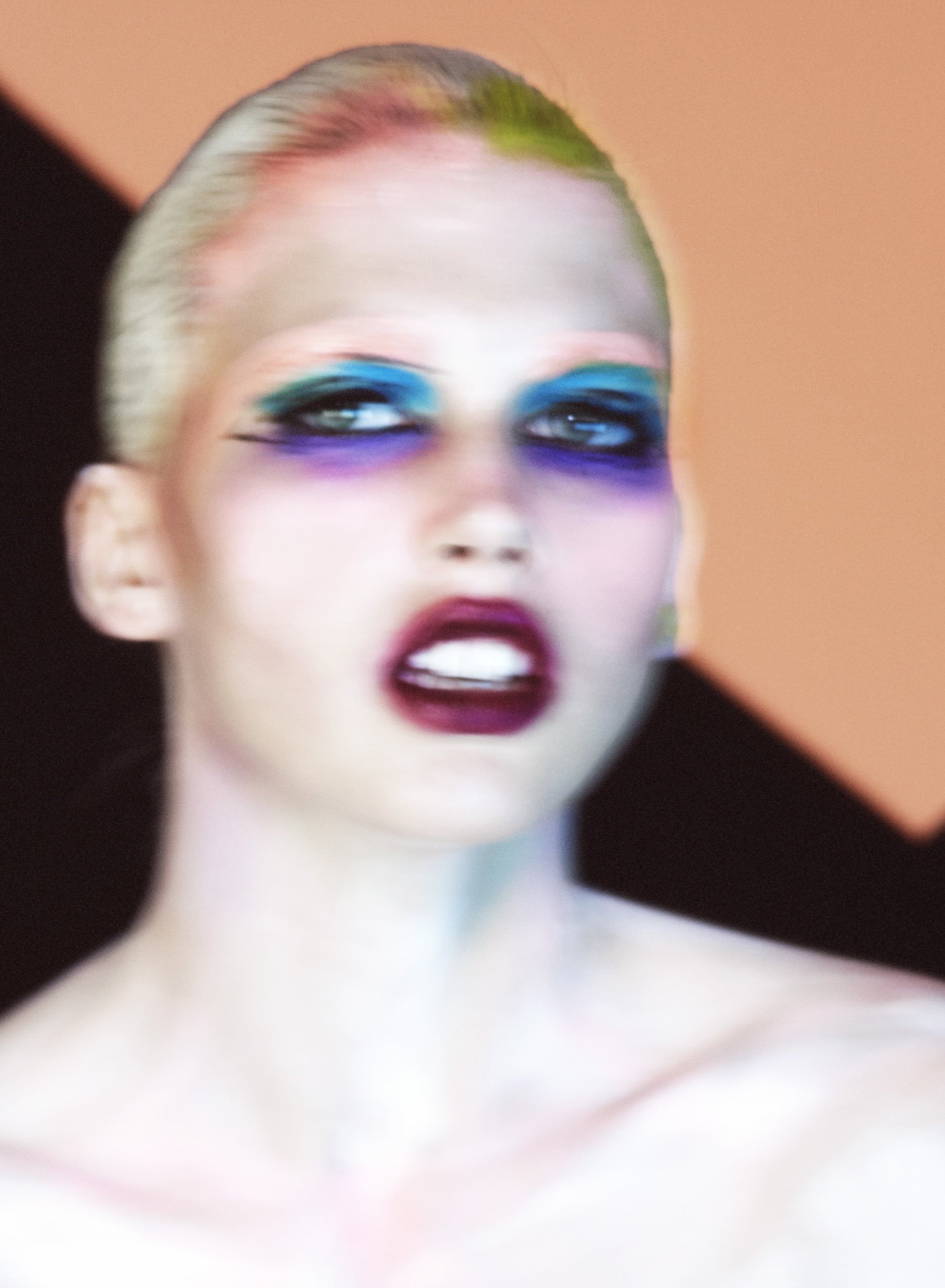
AS Do you think social media platforms have become the new art school?
LP There is amazing creative makeup going on in the world of Instagram – most of it is self-taught, maybe they are kids who would have gone to art college? There’s the very wacky ‘paint yourself blue’ at one extreme and then there are the more natural ‘80s Kylie makeup’ YouTube tutorials.
Instagram is responsible for a lot of amazing things, for sure, much more diversity; much more crazy creative makeup as well; they’re all doing it in their bedrooms, painting their faces like tigers or strange whatever and some of them are incredibly amazing.
AS What for you are the recent key moments in the changing face of beauty?
LP There are lots, and sometimes you only really see them in retrospect. I think there’s been a new awareness of diversity, whether we’re talking about race or size or gender, and that’s long overdue.
One of the standouts looks, when people look back on the late 2010s, will be how artificial everybody seems at the moment. With the influence of that Kardashian style, it’s a very retouched aesthetic. Foundation is thicker, it’s all about shading and baking and strobing and all these terminologies that I don’t even know! But very much referencing to Kevyn Aucoin and before him Way Bandy, but now fast forward so that the receptionist at your local dentist is wearing a cut crease and shading and stenciled eyebrows and she is 18 – and that is definitely from this world.
AS I personally hold you responsible for the eyebrows! I recall you telling me your mum said: “Don’t pluck your eyebrows!” You started that whole boy brow trend and now everyone’s doing it.
LP But then it goes too far [laughs] and it looks like you’ve done it with a Sharpie! The boy brow is supposed to be perfect but in a light way, not stenciled on!
AS Is the idea of natural makeup look going to be more relevant post-COVID-19?
LP I was thinking about this the other day. In my mind the only way to move forward positively is to be more sustainable: we have to lower our carbon footprint, be aware of what we put into and on our bodies and the environment and that also includes makeup. It needs to be more natural, purer, less caked on, less packaging, less artificial – just less of everything. Therefore, surely that would mean that we would be more natural? But on the other hand, we haven’t left the house for 2 months and people want to get their hair done, put their makeup on, get dressed, go out, go to a bar, go to dinner. There is something great about going out on a Saturday night when you get dressed and put your make-up on and it makes you feel great! We’ve all been living in track pants and there’s real freedom in not being bothered, but then what about my hair roots? I put a bit of color on my roots for a business Zoom meeting but I’ve been talking to my hairdresser and said: “This is it, I’m going to really try and let go. I don’t want to do it anymore, it’s not me, who am I trying to kid?” But it’s a whole process to go through…
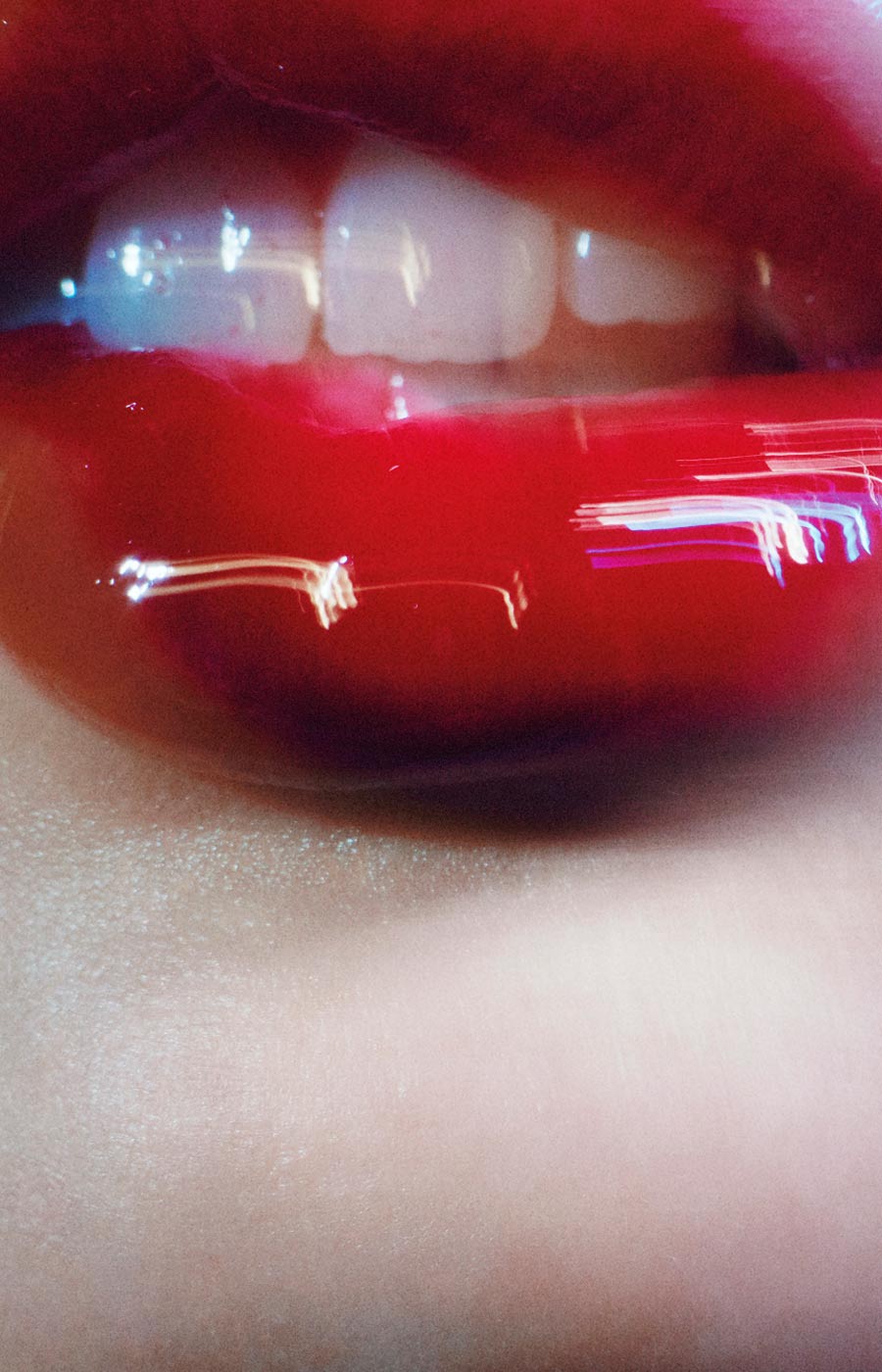
I started testing and meeting photographers: I met Donna Trope because of the guy I did that first job with and the following week she said: “Come and do makeup for me”.
AS I was reading some research the other day that said the industry sectors most likely to come out of this well are makeup and skincare. The resilience of beauty during adversity is impressive. How do you think things will be post lockdown?
LP One thing is certain and it’s that I’m not going to travel as much this coming season. I don’t know about shows yet.
I’ve had one conversation with a client with a view to going back to work. They said: “You have to make sure you use different brushes and sponges on each girl”. Then I replied: “What do you think I do? I do that anyway!” I had tons of natural hand sanitizer before this all kicked off because that’s what I use all the time. Before I touch someone’s face I clean my hands: I always have sanitizer in my kit, my assistant has it ready to use. We always keep tools for each model separate. I don’t know how it will work in the bigger picture – I can’t apply makeup from a distance. Someone else was saying we’d get people to have the antibody test and then you can work. And I commented: “So if you don’t have the antibodies then you can’t work?” And the test isn’t guaranteed anyway. The other day I was thinking if we get into this situation where people are going to be wearing masks a lot, what happens with lipstick? Makeup sells during a recession because of the feel-good factor. So what’s going to happen to all those lipsticks?
We’ve seen all these COVID-19 makeup looks – it’s all about the eyes!
AS Do you think the studio shoot will come back?
LP I think it will become very local – it’s how we started, London crews, London girls, and photographers; it only got more international in the later 80s. With products, we’ll see a lot more homegrown brands, doing their own thing, such as Haeckels who harvest seaweed from the Margate coast in Kent, for their cosmetics. They’re developing a body wash pill that contains no water – a large percentage of a lot of products contain water and you’re shipping this all over the world even though we all have water. I think it’s a genius idea. Their website is great and they highlight really interesting sustainable projects.
Possibly a lot of bespoke things will start to happen using 3D printing so that manufacturing waste can be reduced. The amount of packaging around cosmetics is insane – hopefully, that will change. Do you remember Prescriptives? They blended the colors for foundation and powder at the counter.
What about make-up testers? Are they going to be banned because of hygiene? How will people get the right product? Perhaps there’ll be a creative/technical approach. But what’s important is how it feels: moisturizer, even foundation – the texture is so important.
AS That’s a makeup artist thing to say because the way it feels is also how it looks!
LP It’s the scent, too, all the cues that make you want it.
AS What about those makeup try-on apps where you can see what the makeup looks like. It’s all possible.
LP They get the colors right but not the shape; it’s about the nuances: is it full coverage, what is the shape like, you can’t replace that with a machine, that’s a human thing. A lot of shops won’t be shops anymore. But that’s a good thing – maybe this is a reset?
AS What would be your dream first job back at work, post COVID-19?
LP It’s the job I’m optioned for: it’s at home, in London, in the photograph’s studio, with people I know and love and it’s the perfect thing. You’re like a family – a shooting family. I don’t work with that many people, but they are my working family to some extent. Having said that, I’d miss not traveling [laughs]. I’ve always been going somewhere for the past 30 years! Even thinking that I won’t be going on holiday in August to Italy to the family house where we go every year, will be strange.
AS Have all these changes changed your attitude to the job?
LP It’s more about what you’re prepared to do. It would be hard to do a job if I was required to, say, self-isolate beforehand. It’s not that important. Send the makeup and they can do it themselves!
AS Some brands have been doing that, sending out the product to influencers. But it takes the creative control away from the brand and the creative team and puts it in the hands of the consumer.
LM You used the word consumer but that would be a celebrity, an influencer. It’s a lot to ask someone to do their own hair and makeup and style themselves up. Perhaps the teams will be smaller? On some advertising jobs, you’d have the Instagram studio, the look-book studio, the BTS studio, the actual studio, and the film studio. So I’d have 5 assistants with one in each room coordinating. The scope to be creative is reduced because there is so much you have to do – especially in advertising jobs – less time, because the model has to go and do digital. You spend the time beforehand but you miss the opportunity to go off-script and find the thing that is more memorable. You used to have the space to be creative. It’s great to talk and have creative ideas bouncing around in the studio. For me, even if we have an idea where we’re going and what we’re doing, it can completely change when you’re in front of that girl. It evolves when they’re in that chair.
AS What will you do if you have more time in the future?
LP For the immediate future, I’m really looking forward to getting my teeth into the new rôle at Document Journal. I’ve never really had the opportunity to drive the editorial direction of a story rather than just responding to it. Looking further ahead, there’s a side project I’ve been playing since my early twenties…
I’ve always been interested in working with essential oils but it’s a project that’s been stuck in the background. Now, I’ve completely cleaned out the studio of my old mood boards and color samples because it’s going to be my oil room. I made my own hand sanitizer at the beginning of this, with essential oils of cinnamon, eucalyptus, sage, and thyme which all have antiviral properties. But whether it will just be for me and my friends or whether I do something more with it, I don’t know.
